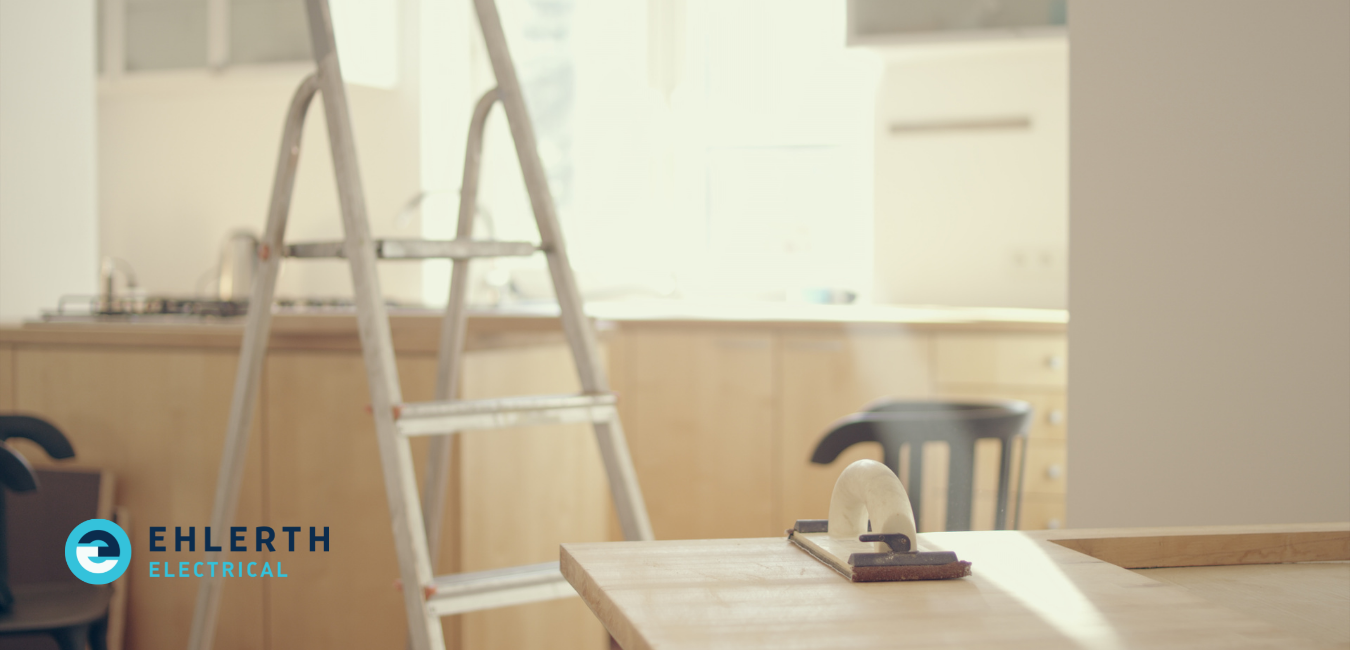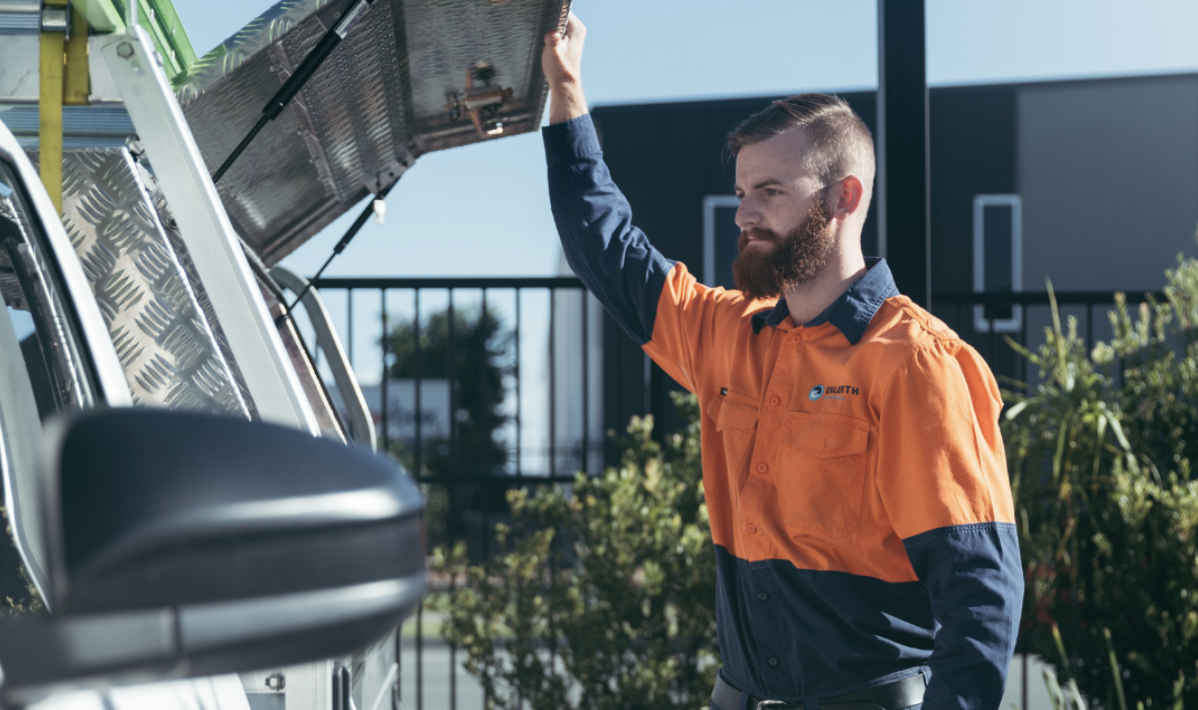Whether you have driven an electric vehicle (EV) or not, chances are you will be in the not too distant future. There is an increased demand for EVs in Australia and worldwide thanks to the benefits of reduced fuel and maintenance costs, reduced air pollution and greenhouse gas emissions (if EVs are charged using renewable energy).
But, what does this mean for industries servicing these vehicles, and how can you make sure you are prepared for this change? The following blog aims to give insights into what electricians and consumers alike can expect from this change.
Australia’s EV uptake
According to CarExpert, sales of electric and plug-in hybrid vehicles surged in Australia over the first half of 2021. Their combined market share about doubled compared with last year’s tally. 7,248 electric vehicles (EV) were sold in Australia between January and June, according to the latest Electric Vehicle Council market report, in addition to 1,440 plug-in hybrids (PHEV).
Electric vehicle uptake in Australia is currently lower than in other developed countries, but the number of EVs is expected to grow as cheaper models arrive and more charging infrastructure is rolled out.
The Australian Electric Vehicle Market Study Report reports that EVs are expected to match petrol vehicles on both upfront price and range by the mid-2020s. Once EVs reach this price parity with internal combustion engine vehicles, sales of EVs are expected to increase rapidly.
Government-led change
The Australian Renewable Energy Agency’s (ARENA) focus has been on the integration of EVs with the electricity grid in a way that benefits electricity users. The Australian Government has also allocated funding in the 20/21 Federal Budget to address barriers to the rollout of new vehicle technologies. The Future Fuels Fund, launched in February 2021, is helping businesses and regional communities take advantage of opportunities offered by new vehicle technologies across battery-electric, hydrogen fuel cell and biofuels.
Increased need for power
All of these changes impact the electronic industry and electricians precisely due to their increased need for power to run. If not managed effectively, the electricity network demand will be quickly overwhelmed. However, by limiting charging to the non-peak hours, the electricity network will become more utilised and encourage the entire electricity system to work more efficiently. It would also support integrating small and large-scale renewable energy systems into the grid, creating better environmental solutions and reducing emissions.
You have probably noticed the EV charging stations popping up in various locations in recent times. Ehlerth Electrical team has had the pleasure of working with EVSE Australia this year to install a range of EV charging stations across multiple Queensland sites.
Planning for the Future
It is clear that this change is happening, so the best bet is to begin implementing solutions at the earliest chance possible. One recommendation we are making to our clients who are building a new house is to consider forward-planning for an electronic charger if they are interested in converting sooner rather than later. For already built homes, upgrades may be essential to make sure the amount of power needed can be met without putting strain on your current system.
If you are interested in having an electronic charger installed or would like to know more about the process, please reach out to the Ehlerth Electrical team today!









